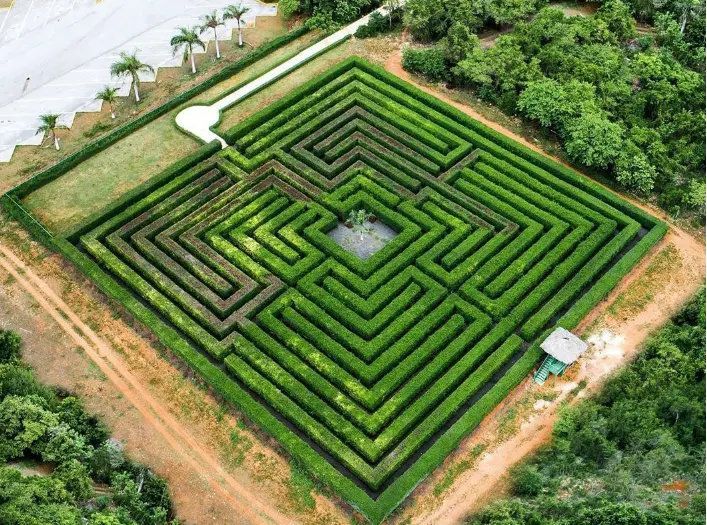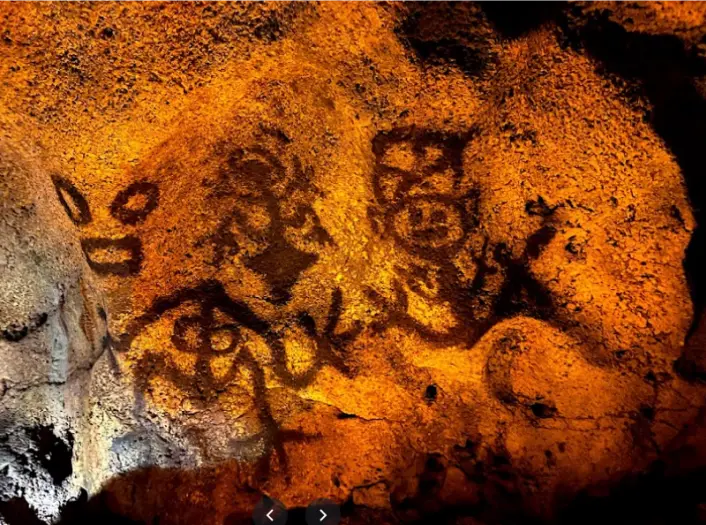The Cave of Wonders is one of the greatest natural spectacles in La Romana, it is located 25 meters underground. The Cueva de las Maravillas, a formation over 100,000 years old, hides various treasures, such as its stalactites and stalagmites, a lake that perfectly reflects the ceiling of the cave and is known as the Water Mirror and, of course, the 500 paintings made by the Taino aborigines on its walls with different recognizable shapes.
This massive cave system is home to hundreds of well-preserved Taino pictographs and petroglyphs dating back thousands of years. It is one of the most accessible caves in the Dominican Republic thanks to its excellent lighting system, ramps, path and a modern elevator.
Stroll among impressive examples of rock art, stalagmites and stalactites, which have given it the name “Cave of Wonders”. Located between San Pedro de Macoris and La Romana.
It is equipped with a route of 240 linear meters and special ramps, a modern elevator and walkways that allow the entry of people with physical limitations. The impressive geological formations of the Cueva de las Maravillas are the scene of the first cave art museum in the Antilles, with a depth of 25 meters underground.
The presence of paintings, engravings and high-reliefs made in clay on walls was later recognized as one of the most important discoveries of Dominican rock art, making the Cueva de las Maravillas an obligatory reference for all works of Caribbean indigenous rock art. .
In 1968, doctors Fernando Moraban Laucer, Rafael Case Acta, Manuel de Jesús Mañón Arredondo and Luis Chanlatte Baik, carried out the first archaeological investigations of the Cueva de Las Maravillas. Some incomplete skeletons were found deposited unburied on the lower shelf of the main room of the cavern. These deposits were preceded by indigenous rituals of moratorium that included the placement of offerings of food, water and personal belongings of the deceased.
However, the abandonment, the uncontrolled visits, and the consequent destruction of forms and paintings, threatened to severely reduce the prehistoric and tourist value of the cave, for that reason the Secretary of State for the Environment and Natural Resources chose it to enable it as model of management and conservation of an underground ecosystem of great natural and cultural interest.
In fact, everything seems to indicate that the Cueva de las Maravillas was dedicated mainly to the mortuary cult, this not only due to funerary deposits found by the first visitors and scholars of the cave, but also due to the numerous presence on its walls of animals related to the death cult.
Even the ceramics found during the recent archaeological excavations inside Las Maravillas II (as we have called the upper gallery that serves as a reception center), coincide in representing the bat as a decorative motif for vessels intended for funerary offerings, which identifies to the pottery found with much of the rock art in the cave.
To find out about other interesting places in Punta Cana, La Romana and nearby areas, follow us at mypuntacanaholidays.com
How to get to The Cave of Wonders: CLICK HERE!


